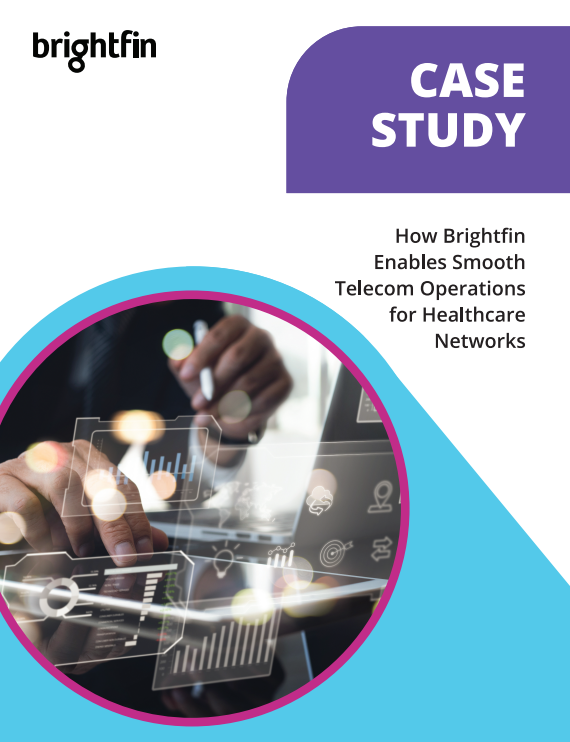Due to the nature of the COVID-19 pandemic, our lives have drastically changed. Our children are learning over Zoom, many retail stores and restaurants have had to close, and businesses across the spectrum are adjusting how they conduct business. One of those adjustments is discovering how to enable employee productivity without proximity and working in a physical office. This adjustment has led to highlight the crucial importance that telecommunications infrastructure plays in keeping businesses, hospitals, schools, governments, and overall society running.
Phase 1 – Enabling a Remote Workforce
The response to this change had to be quick as time to plan was limited due to the urgency of the COVID-19 situation. Many companies were forced to deploy a work from home model. With fewer, to no one in the office, many central headquarters and office locations were forced to close. Organizations have had to evaluate, not only their future needs for physical office space but how best to get a handle on the changes their IT networks will experience. In product terms, “enabling the remote workforce” is the MVP.
Phase 2 – Get Agile
A work from home model has brought on many challenges for IT. Organizations are not only experiencing surges of increased usage from employee mobile devices, but many enterprises are also facing a surplus issue of unused or underutilized fixed-line equipment leading to telecom expense management headaches. This presents a unique situation as enterprises attempt to control their network infrastructure and the associated costs, resulting in many forced adjustments of fixed-line services, including:
- Temporarily suspending services at locations no longer supporting employees
- Seeking a delay in payments until they can better plan how their infrastructure will look in the future
- Adjusting current networks and bandwidth
- Reducing waste by ensuring they are not over-provisioned to meet business needs
Phase 3 – Staying Agile
Even though society has started to come out of lockdown and more and more employees are able to return to the office, research suggests there may still be a significant number of employees who will continue to work remotely. One study shows that as much as 40% of the workforce may remain remote. While that may not be such a bad thing, (research done by Stanford University shows that employees working from home actually increased performance by 13% thanks to a more convenient working environment) this “new normal” will still force businesses to figure out how to manage and stay agile when it comes to their fixed-line services and infrastructure.
Companies will need tools to tackle the changes to their telecommunication environments, such as fixed invoice management, and the confidence to move forward with any restructuring. If an organization has reduced their infrastructure and demand increases start to exceed capacity, organizations will need to lower quality of service, reduce speed, and throttle usage to meet their needs. This is the delicate balancing act that companies are facing in the “new normal”. Do they keep infrastructure as is and wait, or do they scale now and adjust as the situation evolves? Perhaps now is the right time to make further investments into your fixed telecom network. Every business is different, but every business should be asking these questions.
Conclusion
The pandemic has challenged the world to thrive in the harshest conditions and stripped-down basic paradigms such as working in an office, “real” meetings, and on-site gatherings. If 2020 has taught us anything, it is to expect the wildly unexpected and be prepared for constantly changing environments.
How quickly can your “fixed” expense structure adjust to mass changes in demand (i.e. voice and data needs at offices)? How quickly can you scale up or down?
One focus for many businesses going into 2021 should be on proactive, strategic fixed-telecom infrastructure management. Through Technology Expense Management (TEM), brightfin and other vendors provide increased visibility into your telecom network, with real-time data to provide key actionable insights to help your businesses pivot, scale, and optimize telecommunication needs. Our goal is to provide the tools needed to help prepare organizations how best to respond to a crisis in the future, recover from fluctuations, and thrive going forward.
For more information about brightfin’s Fixed Telecom Solution, contact us today!



